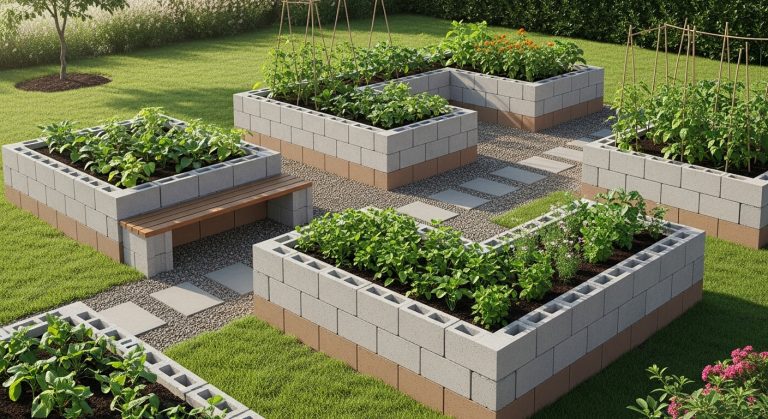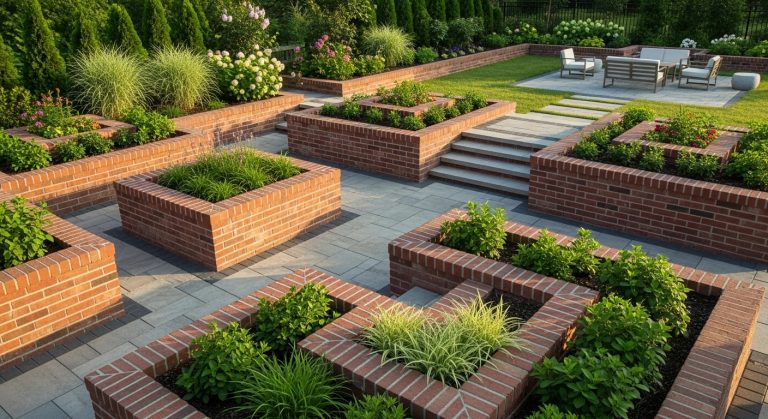Raised Garden Beds Tomatoes: 15 Juicy Ideas for Bigger, Better Harvests
There’s something magical about growing tomatoes in raised garden beds. The scent of the vines, the shine of the fruit, and that satisfying snap when you pick one—it’s summer in a bite. But let’s be real: tomatoes can be a bit diva-like. They love attention, hate soggy feet, and throw tantrums when it’s too cold. The good news? A raised garden bed gives them the VIP treatment they deserve.
I’ve been growing tomatoes in raised beds for years now, and let me tell you—once you go raised, you never go back. So, grab your garden gloves, pour yourself a lemonade (or something stronger), and let’s talk 15 raised garden bed tomato ideas that’ll turn your backyard into a tomato paradise.
1. The Classic Deep Bed Tomato Setup
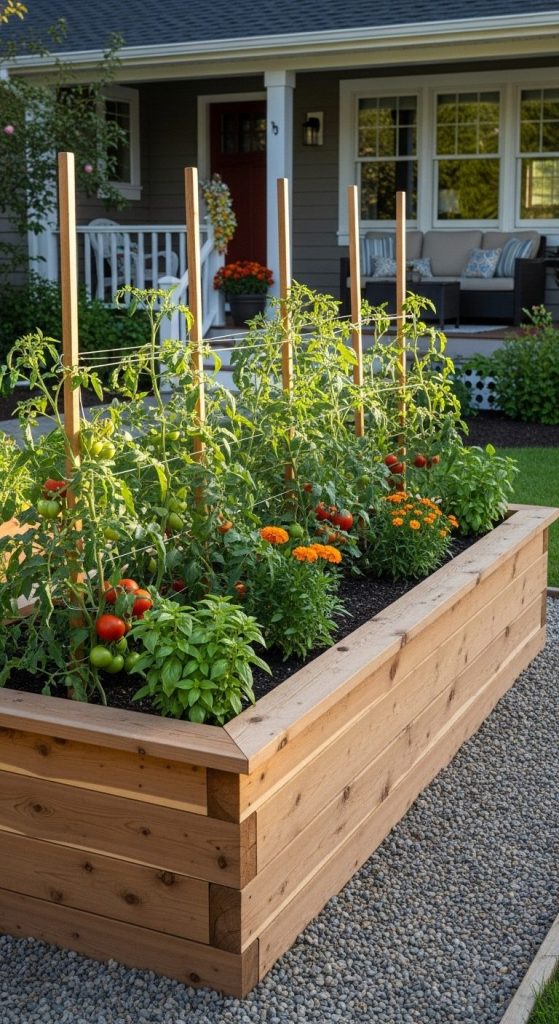
You can’t go wrong with a deep raised bed—think 12 to 18 inches of rich, well-draining soil. Tomatoes have deep roots, so they love stretching out.
Pros:
- Encourages stronger root systems
- Excellent drainage (no swampy soil drama)
- Easy to control soil quality
Cons:
- Requires more soil initially
- Can dry out faster in hot climates
Ever noticed how store-bought tomatoes taste like sadness? That’s because they don’t grow in healthy, well-aerated soil. Deep beds fix that.
2. Self-Watering Raised Bed System
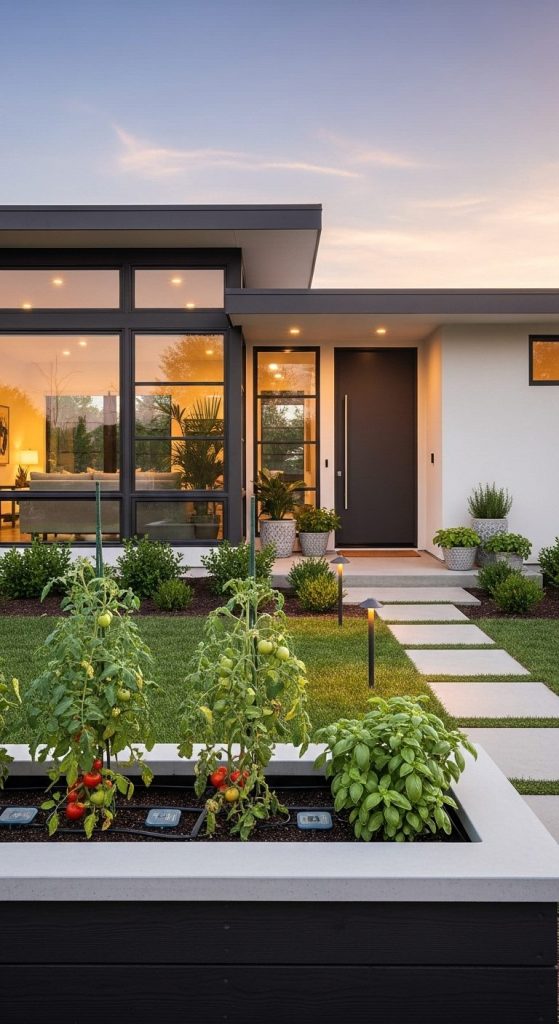
This one’s for busy (or forgetful) gardeners. Add a self-watering system—basically, a reservoir beneath the soil that keeps moisture levels steady.
Pros:
- Perfect for hot climates
- Less watering stress
- Healthier roots, fewer cracks in fruit
Cons:
- Slightly higher setup cost
A study by the University of California found that consistent moisture can boost tomato yield by up to 30%. Not bad for a “lazy gardener” system.
3. Tomato Towers in Raised Beds
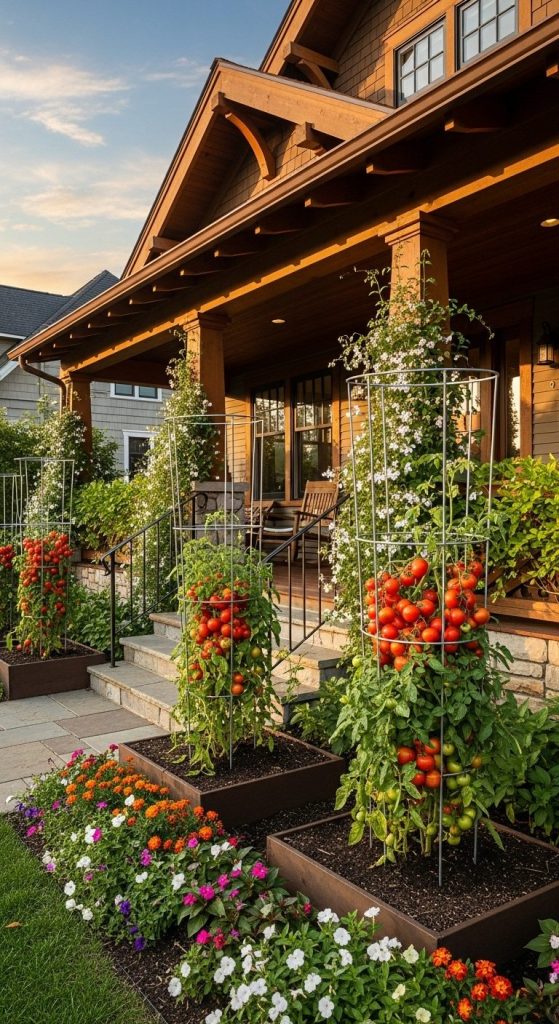
Why not go vertical? Use tall cages or trellises in your raised beds for that “mini tomato jungle” vibe.
Pros:
- Saves space
- Better air circulation = fewer diseases
- Easy harvesting
Cons:
- Needs sturdy supports
- Can cast shade on nearby plants
FYI, vertical gardening isn’t just trendy—it’s efficient. You’ll be surprised how many tomatoes you can grow in a small footprint.
4. Companion Planting with Tomatoes
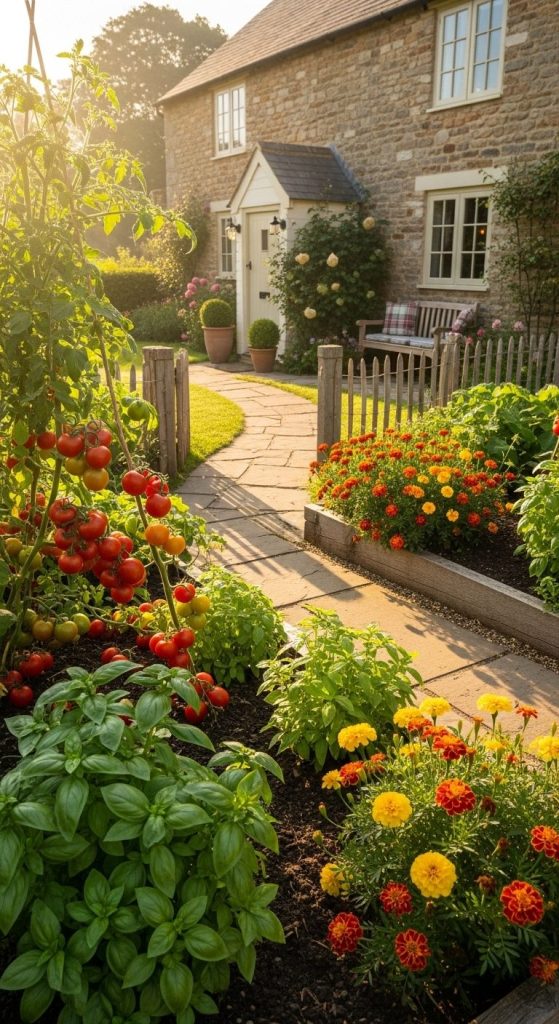
Pair your raised bed tomatoes with basil, marigolds, or onions. The combo helps repel pests and enhance flavor.
Pros:
- Natural pest control
- Adds biodiversity
- Basil-tomato aroma = chef’s kiss
Cons:
- Requires thoughtful spacing
Ever tried a tomato-basil raised bed? It smells like pizza heaven. And yes, basil really does improve tomato flavor—science backs it up!
5. Metal Raised Garden Beds for Tomatoes
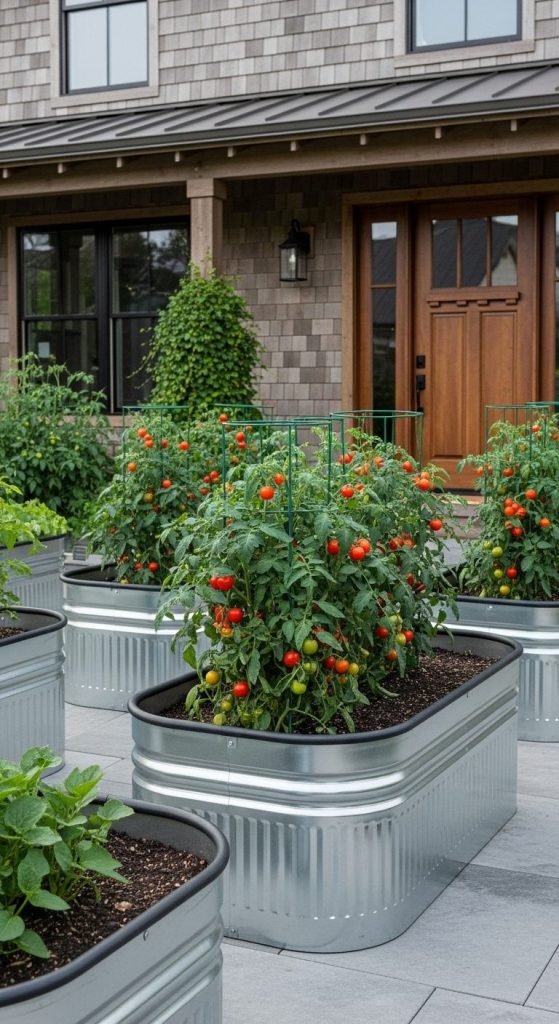
Metal beds (like galvanized steel) are stylish and durable. They warm up fast, perfect for early tomato starts.
Pros:
- Long lifespan
- Modern look
- Warmer soil = earlier growth
Cons:
- Can get hot in summer
- Pricier than wood
Pro tip: line the inside with landscape fabric to prevent soil-metal contact. Looks sharp and lasts decades.
6. Organic Compost Layers Method
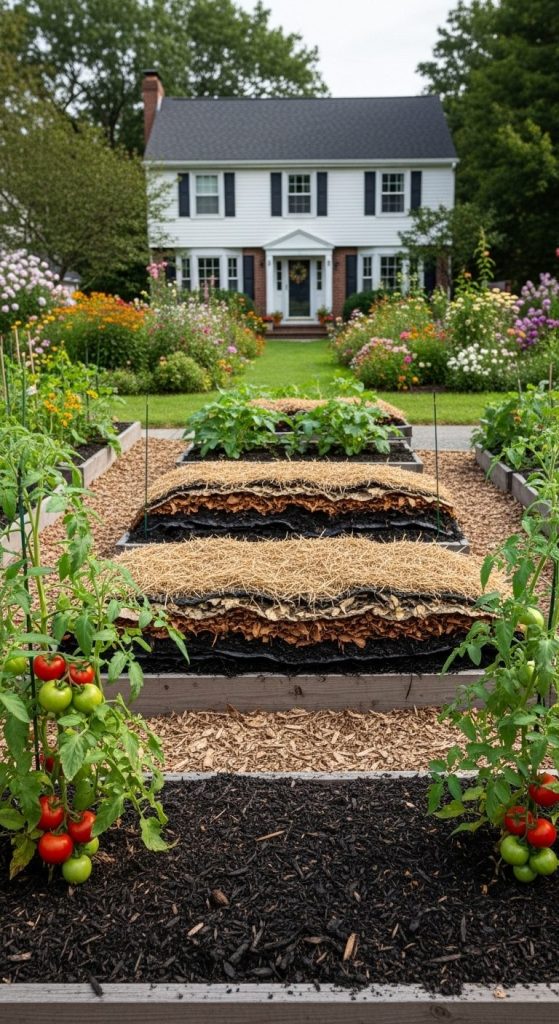
Ever heard of the lasagna gardening method? You layer organic materials like compost, leaves, and manure—it decomposes into tomato gold.
Pros:
- Nutrient-rich soil
- Reduces waste
- Minimal fertilizer needed
Cons:
- Initial prep time
- Layers take time to break down
It’s messy, sure, but your tomatoes will thank you with juicy, sweet fruit.
7. Drip Irrigation System for Tomato Beds

Forget hand watering. A drip irrigation system delivers water straight to the roots. No waste, no guesswork.
Pros:
- Saves water (up to 60%!)
- Prevents leaf diseases
- Automated if timed
Cons:
- Slightly technical setup
According to the EPA, drip irrigation can save homeowners up to 8,000 gallons of water annually. That’s a lot of lemonade refills saved.
8. Square Foot Tomato Garden Plan
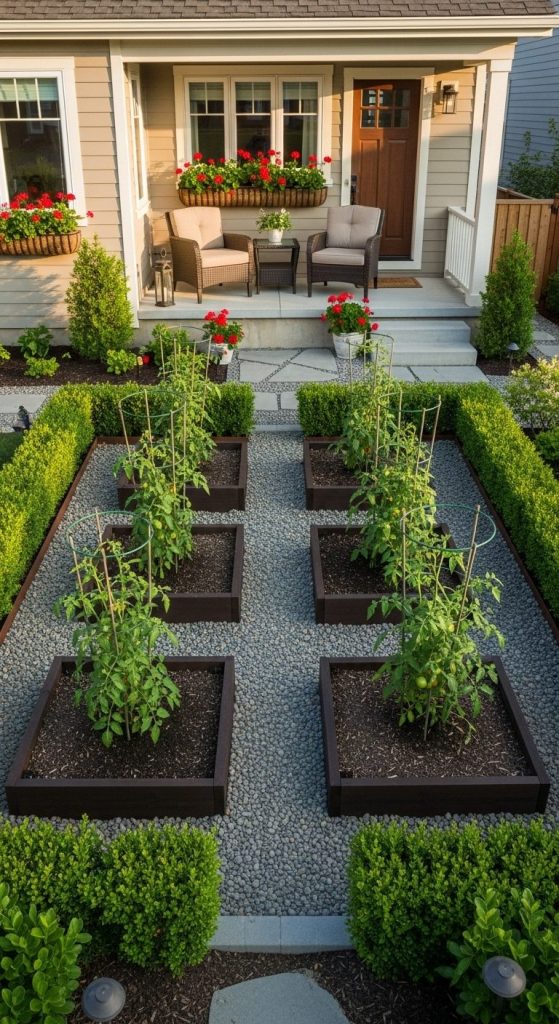
If you’re tight on space, try a square-foot layout. Each tomato gets its little square kingdom.
Pros:
- Maximizes space
- Easy to manage
- Great for beginners
Cons:
- Requires precise spacing
- Crowding risks disease
Think of it as tomato Tetris—fun, organized, and oddly satisfying.
9. Mulch Madness Method

Lay down straw, leaves, or wood chips around your tomato plants. It keeps the soil cool and weeds away.
Pros:
- Retains moisture
- Prevents weed growth
- Looks tidy
Cons:
- Needs occasional replenishing
A University of Florida study found mulching can reduce water use by 25%—perfect for dry climates or lazy waterers (no judgment).
10. Raised Bed Greenhouse Hybrid
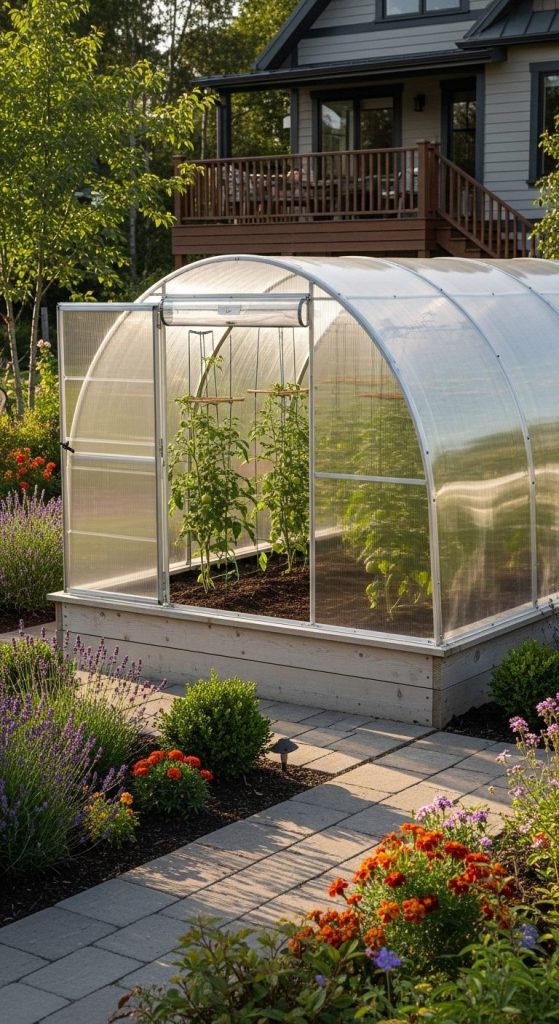
Combine your raised bed with a small greenhouse cover or hoop tunnel. Great for early starts or frost protection.
Pros:
- Extends growing season
- Protects from pests
- Keeps warmth in
Cons:
- Needs ventilation
- Costly if large-scale
Ever wanted to harvest tomatoes in late fall? This is how you do it—tomatoes hate cold feet, remember?
11. Compost Tea Feeding Schedule
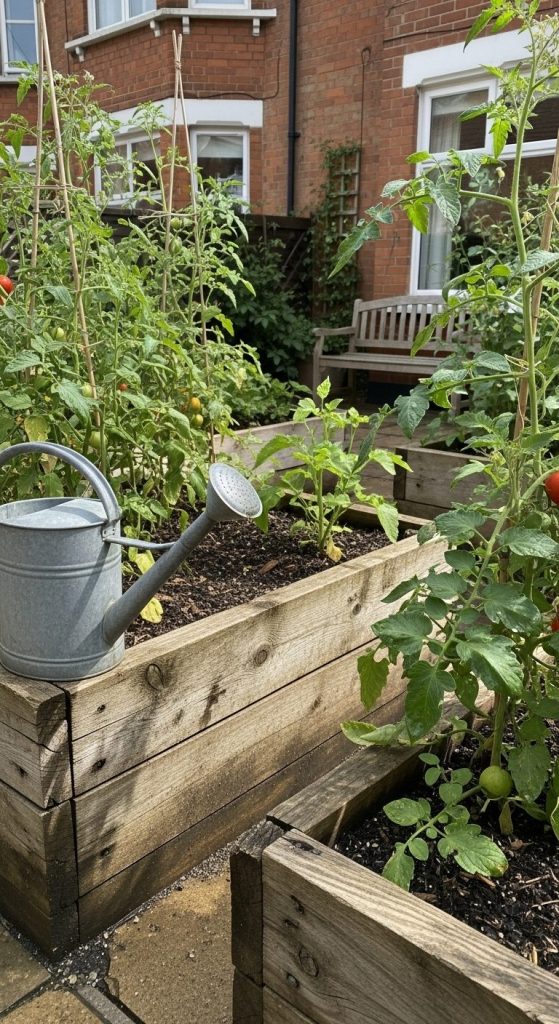
Tomatoes are heavy feeders. Try watering your raised bed with compost tea every two weeks for lush growth.
Pros:
- Organic nutrient boost
- Promotes microbial life
- Easy DIY
Cons:
- Smells… “earthy”
- Needs brewing time
Trust me, your tomatoes will explode (in a good way) after a few rounds of this magic potion.
12. Brick Border Beds
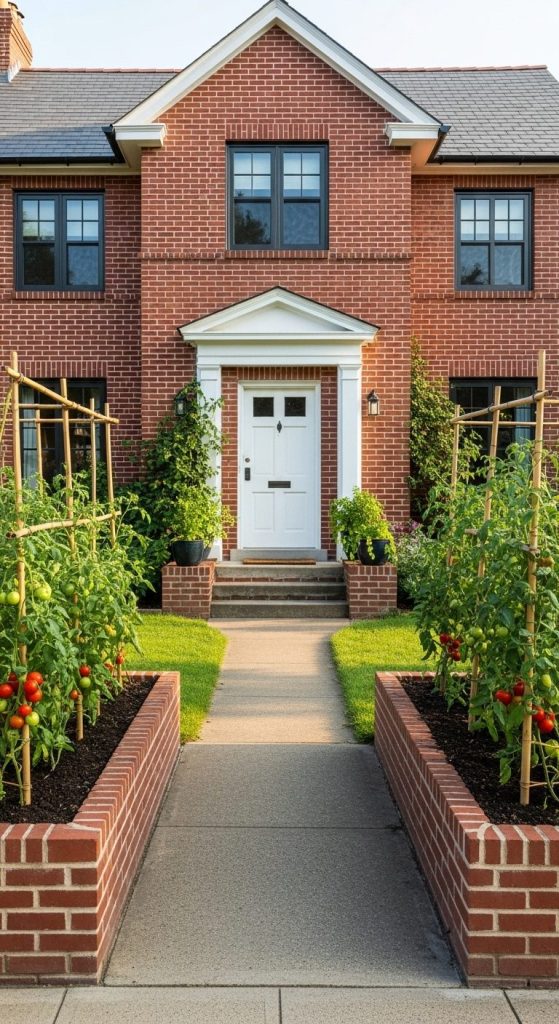
Add brick or stone edging for a classic garden aesthetic that retains warmth and structure.
Pros:
- Holds heat for night warmth
- Elegant, permanent look
- Reduces soil erosion
Cons:
- Heavy installation
- Expensive materials
Architecturally, brick-raised beds create symmetry and a timeless touch. Tomatoes love the warmth bricks store during the day.
13. Tomato Varieties for Raised Beds
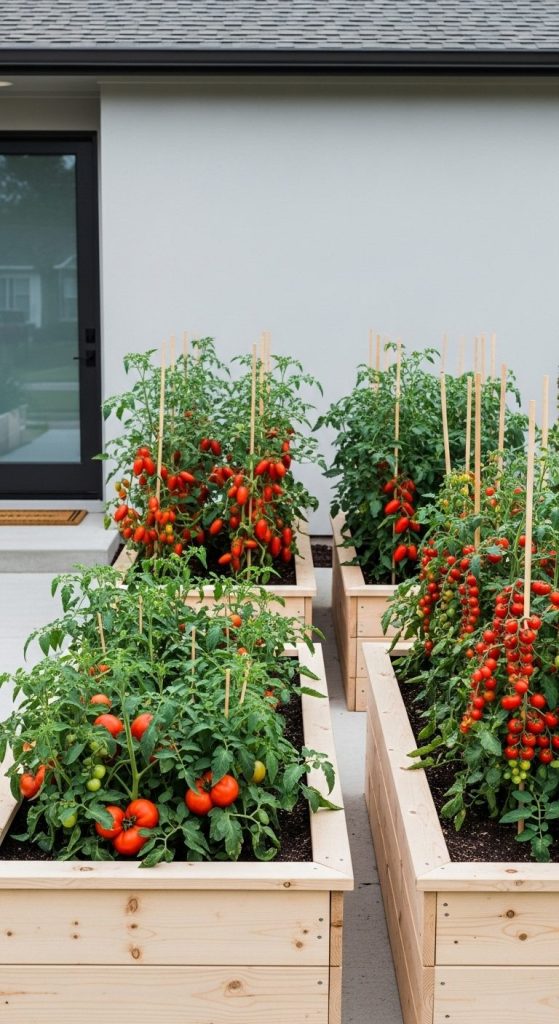
Not all tomatoes are equal. Some thrive better in raised beds—think Roma, Cherry, and Better Boy.
Pros:
- Consistent yields
- Fewer diseases
- Compact varieties ideal for small beds
Cons:
- Limited heirloom size options
According to Burpee Seeds, cherry tomatoes yield up to 15 lbs per plant in raised beds. That’s a lot of pasta sauce.
14. Trellis + Drip Combo Setup
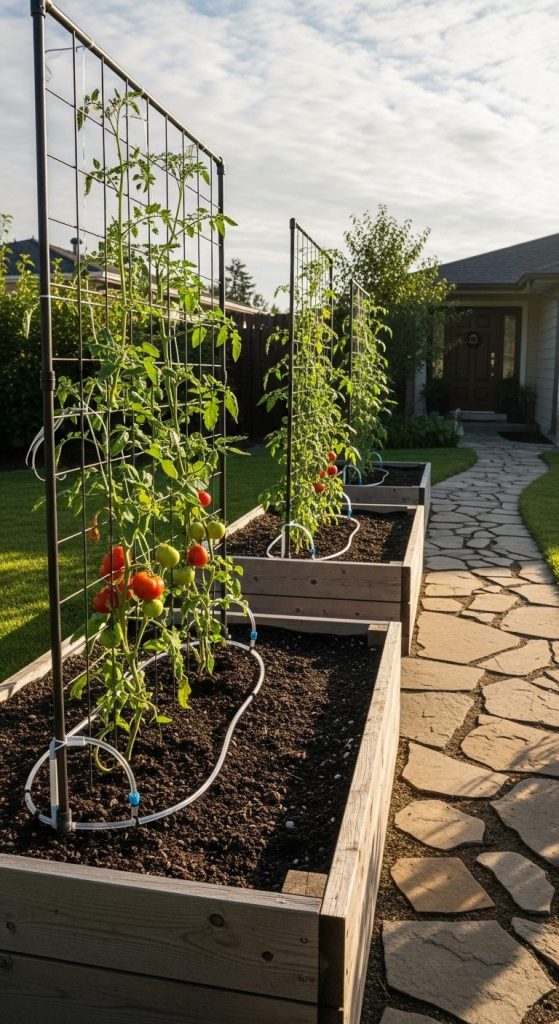
This combo is genius—install a trellis and drip system together so plants grow vertically while staying hydrated.
Pros:
- Saves space
- Automated watering
- Keeps fruit clean and firm
Cons:
- Initial setup time
This setup turns your raised bed into a productivity powerhouse. It’s also aesthetically pleasing—structured, lush, and functional.
15. Nightshade Neighborhood: Rotational Bed Plan
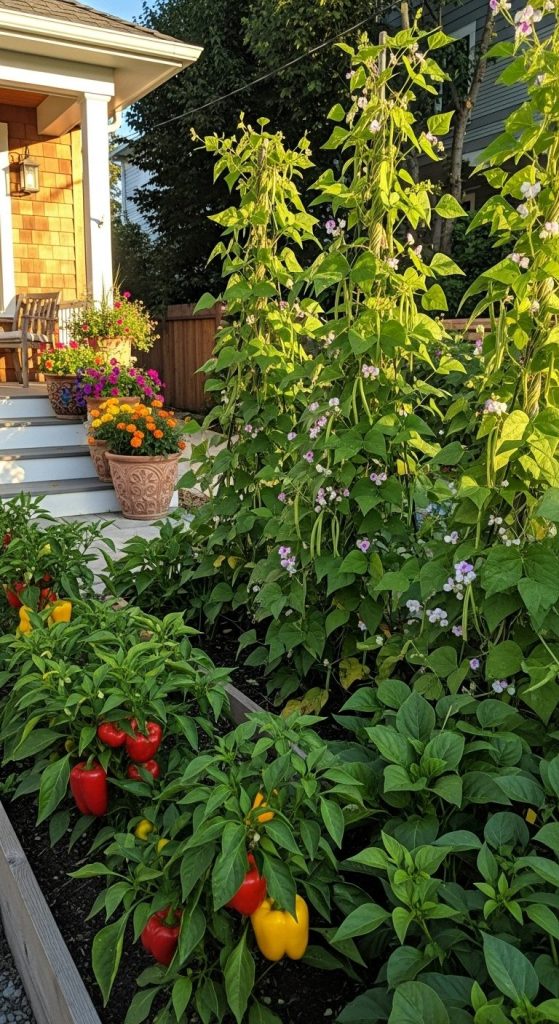
Rotate your tomatoes annually to avoid soil fatigue and diseases. Next year? Try peppers or beans in that bed.
Pros:
- Reduces disease risk
- Improves soil balance
- Keeps yields consistent
Cons:
- Requires planning
It’s like giving your garden a spa day after a long tomato season. A little rest goes a long way.
Conclusion: Let’s Talk Tomato Glory
So, there you have it—15 killer raised garden bed tomato ideas that actually work. From metal beds to drip irrigation systems, from mulching hacks to square-foot layouts, every method has its perks.
What matters most? Knowing your garden, experimenting, and letting those tomato vines climb their way into your heart (and kitchen).
If you’ve ever bitten into a sun-warmed tomato you grew yourself, you know—nothing from the grocery store even comes close. So go on, get those hands dirty and build your best raised garden beds for tomatoes yet.

William Martin is a passionate bowler who spends most of his weekends playing the sport. With years of intense experience under his belt, William decided to share his knowledge by creating BOWLING OCEAN. Join me on this journey to explore the world of bowling and discover the tips and tricks to becoming a pro.


